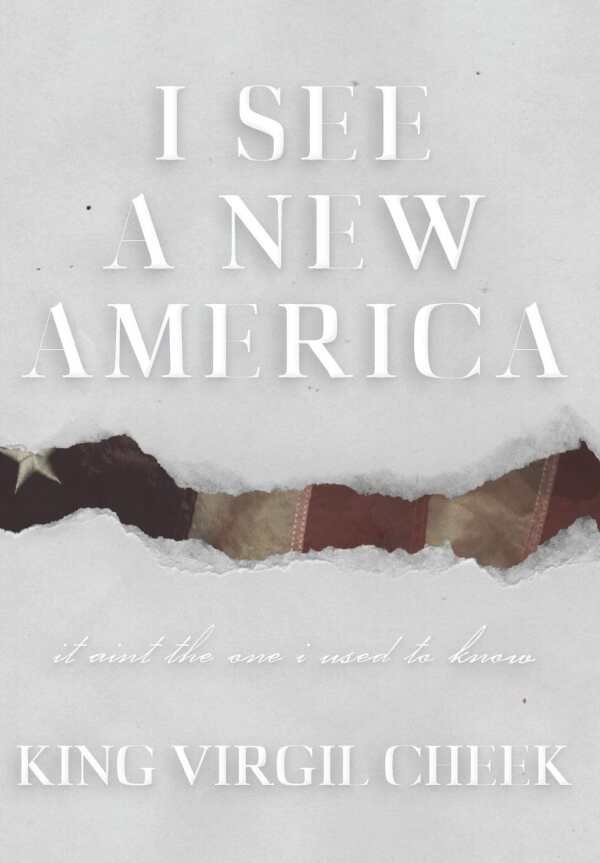I See a New America
It Ain't the One I Used to Know
I See a New America is a thought-provoking historical novel concerned with the complex relationships between race, racism, ethnicity, and identity.
A young man contemplates the intricacies of race and race relations in King Virgil Cheek’s historical novel I See a New America.
Royal Finley spends a lot of time thinking about race and ethnicity, both generally and as it applies to him as a black man in 1960s America. As he navigates thorny romantic and professional challenges, Royal educates those around him—and, most importantly, educates himself—about what it means to be free and equal.
The first and longer part of the book focuses on Royal’s budding relationship with a white girl, Nadine. In spite of the questionable decisions that Royal and Nadine make in the course of their self-discovery, both are devoted to doing right by themselves and each other. They strive to communicate honestly and make a mutual decision that both of them can live with.
The second part of the book changes in focus and format. As Royal greets guests on his wedding day, he recalls how each of them changed his perspective on various racial issues. Effective flashbacks aid in the presentation of these dialogues, including several on the differences between integration and desegregation.
This is not a conventional novel. The plot is not its focus or driving force. Rather, dialogues deliver unflinching explorations of the interplay between race, racism, sex, and religion. Challenging and thoughtful considerations of complicated and enduring subject matters are its strength.
Unusual paragraph structures sometimes make it difficult to tell who is talking, or whether a character is thinking or speaking. There are minor inconsistencies, including characters contradicting themselves within the same conversations or reintroducing old information as new.
The stylized and vacillating writing style—sometimes clipped, sometimes lyrical, and incorporating poetic verses—distracts from the reading experience. The characters’ thoughts and reactions are also stylized, further emphasizing that the narrative is a blending of fact and fiction rather than strictly inhabiting one or the other.
Most of the novel’s characters are present only to provide arguments or counterarguments within in-depth discussions and debates. All speak in the same tone and use similar turns of phrase, regardless of their ages or backgrounds, and few feel like individuals. As Royal works toward inner peace and a solution to his personal dilemma, his story becomes more and more secondary to the book’s concerns.
With food for thought on a range of intertwining subjects, I See a New America is a thought-provoking historical novel concerned with the complex relationships between race, racism, ethnicity, and identity.
Reviewed by
Eileen Gonzalez
Disclosure: This article is not an endorsement, but a review. The publisher of this book provided free copies of the book and paid a small fee to have their book reviewed by a professional reviewer. Foreword Reviews and Clarion Reviews make no guarantee that the publisher will receive a positive review. Foreword Magazine, Inc. is disclosing this in accordance with the Federal Trade Commission’s 16 CFR, Part 255.

